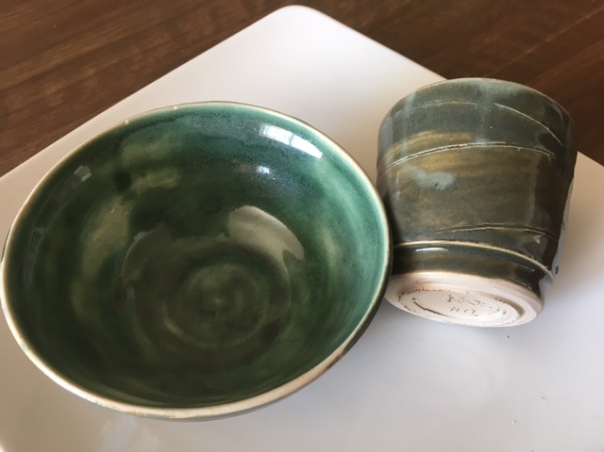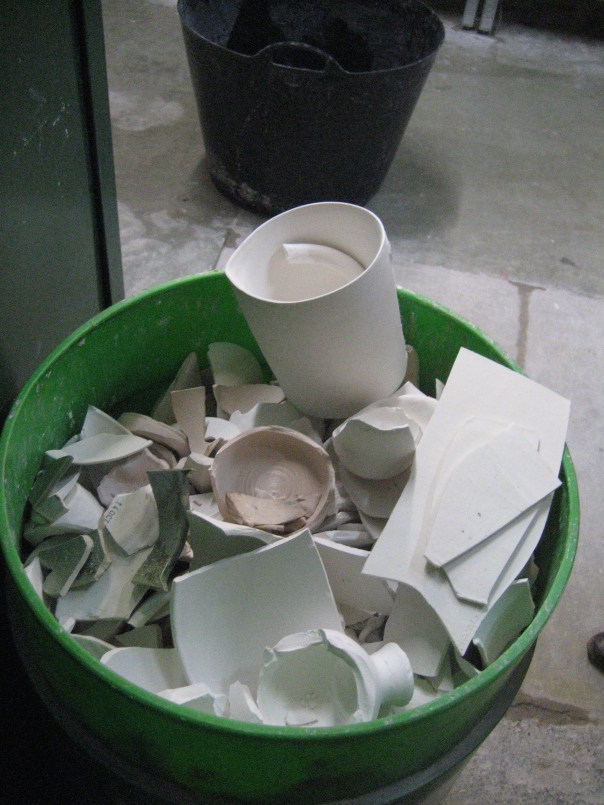I saw this at a not very posh furniture shop and thought about it- a lot. It is trying hard to be something it is definitely not. It is new furniture trying to look as if it is old- with mismatched bits like some cheap chic but ends up looking like an embarrassed DIY effort or worse. 
I wondered if we also do this same thing with how we present ourselves- trying too hard to be something we are not. When we imitate others, or present an image of us that is not authentic, not true to ourselves. It is worth keeping this photo in mind when we look at others, celebrities and other famous people, trying to be them. You can only be you, warts and all- that is what this photo teaches me.
On the other hand, yesterday trying to do some Kintsugi with broken pottery, I realised trying to be something else or expressing something that is not natural, is not an easy thing to do. Trying to suppress our authentic selves is very hard- one has to be in control all the time. In the Kintsugi workshop, I started out with the aim of making something practical with the broken bits and ended up tearing up the rule book and making something quite impractical, but now I realise that is totally me. I loved the result- hope you do too!







